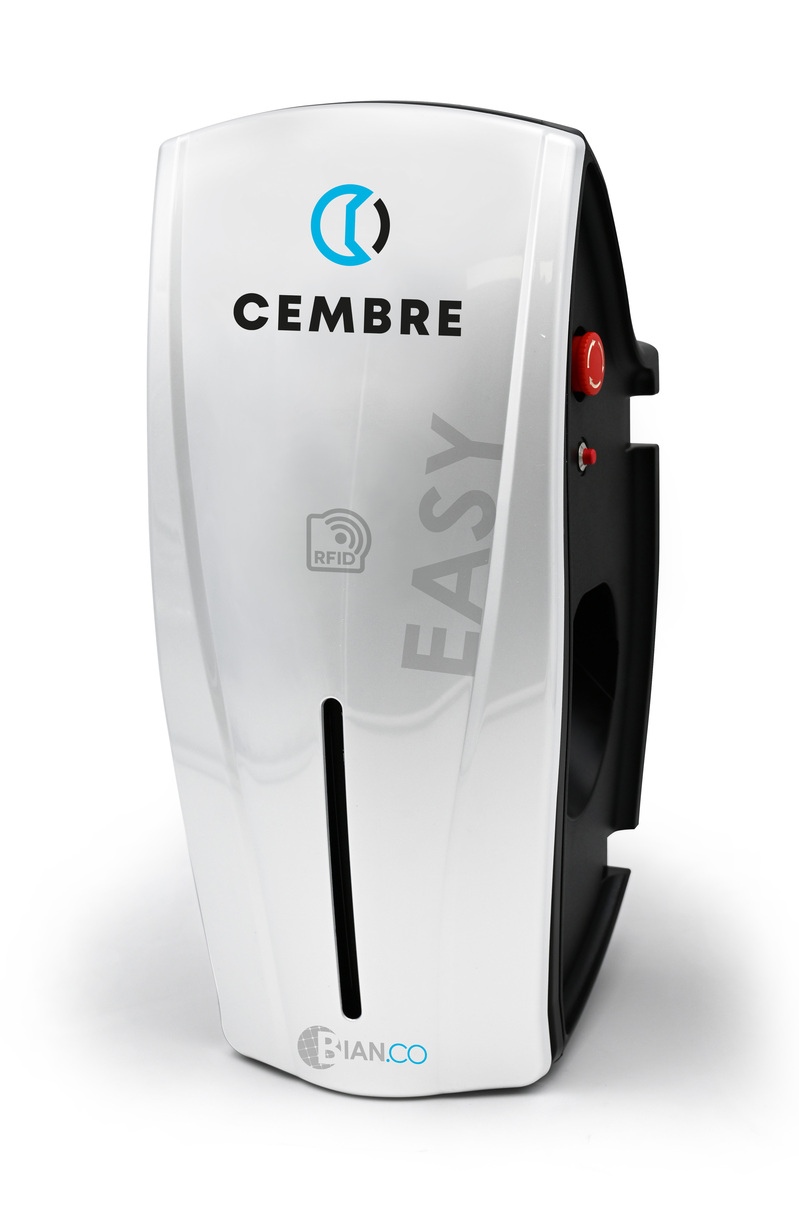
BEV / PHEV
- BEV stands for "battery electric vehicle" and refers to an electric vehicle in the purest sense (100% electric).
- PHEV is short for "plug-in hybrid electric vehicle" and refers to an endothermic vehicle which can also move on electric power for several kilometres and recharge its batteries from common charging stations (e.g. Mitsubishi Outlander).
CLEARING HOUSE
A Clearing House is the entity, usually a financial institution, responsible for the entire payment system related to charging sessions.
The Clearing House is usually a supplier of the eMSP, providing de facto integration of the management platform with payment systems (e.g. credit card or wallet).
CONNECTOR
Socket with a cable directly exiting the charging station.
CP / EVSE
- CP stands for "charging point" and refers to the energy supply point (socket or connector).
- EVSE stands for "electric vehicle supply equipment" and refers to the devices used to charge an electric vehicle (in our case, the charging station). An EVSE generally consists of one or more CPs.
CPO / eMSP
- CPO stands for "charge point operator" and refers to the natural or legal person who manages EVSE, physically (responsible for correct operation and continuity of service) and digitally (monitors operation and activities, generally through IT systems).
- eMSP stands for "e-mobility service provider" and refers to companies which provide the CPO with the digital tools to monitor and manage their charging infrastructure and the electric vehicle driver with the apps to access charging stations, charge their vehicle and pay for charging. Different eMSPs can communicate with each other (in this case, it is called "roaming"), allowing electric vehicle drivers to access infrastructure managed by different CPOs without having to use a different app each time.
A CPO can also be an eMSP and vice versa.
DSO
DSO stands for "distribution system operator" and refers to the energy operator that ensures the supply of electricity to a CPO's charging infrastructure.
In Italy especially, it is common for a DSO to be the eMSP and the CPO at the same time (e.g. ENEL-X or DUFERCO).
INLET
Charging plug on the vehicle to which the connector is connected and which is locked during charging by an interlocking device.
OCPP / OCPI / OSCP
- OCPP stands for "open charge point protocol" and refers to the standardised communication protocol between the CP or EVSE and the CPO/eMSP management IT portal. It is an open and loyalty-free protocol managed by an initiative called the Open Charge Alliance (OCA), in which several charging station manufacturers and eMSPs participate. The use of this protocol guarantees the levels of cybersecurity required for the public and payment systems.
- OCPI stands for "open charge point interface", a standardised protocol which allows roaming between CPOs via eMSP platforms.
- OSCP stands for "open smart charging protocol". It is managed by the OCA initiative, which allows the DSO to act on behalf of the CPO or eMSP to modulate the power available to a given charging infrastructure based on the network capacity over a given period of time.
PLUG
Charging plug which is inserted into the socket. It is part of an extension cable called CORDSET, which allows the vehicle to easily connect to the charging station, also acting as an adapter in the event of different connection standard.
SOCKET
Socket attached to the charging station. It is usually fitted with a cover and/or anti-vandal system and often has a shutter.
